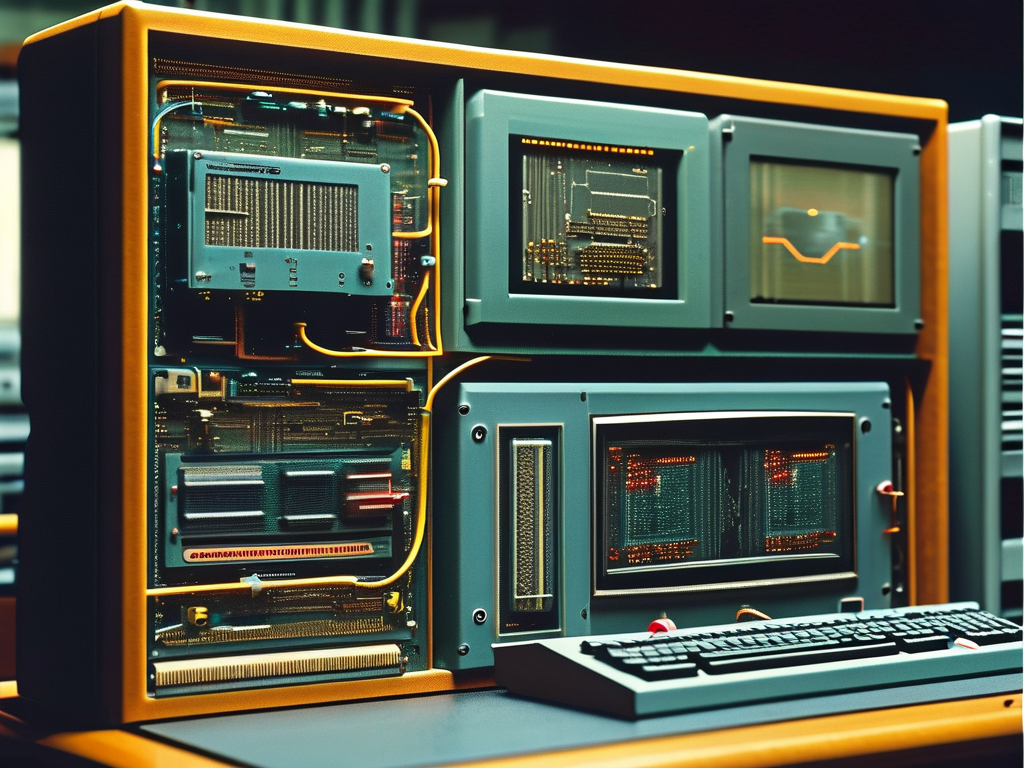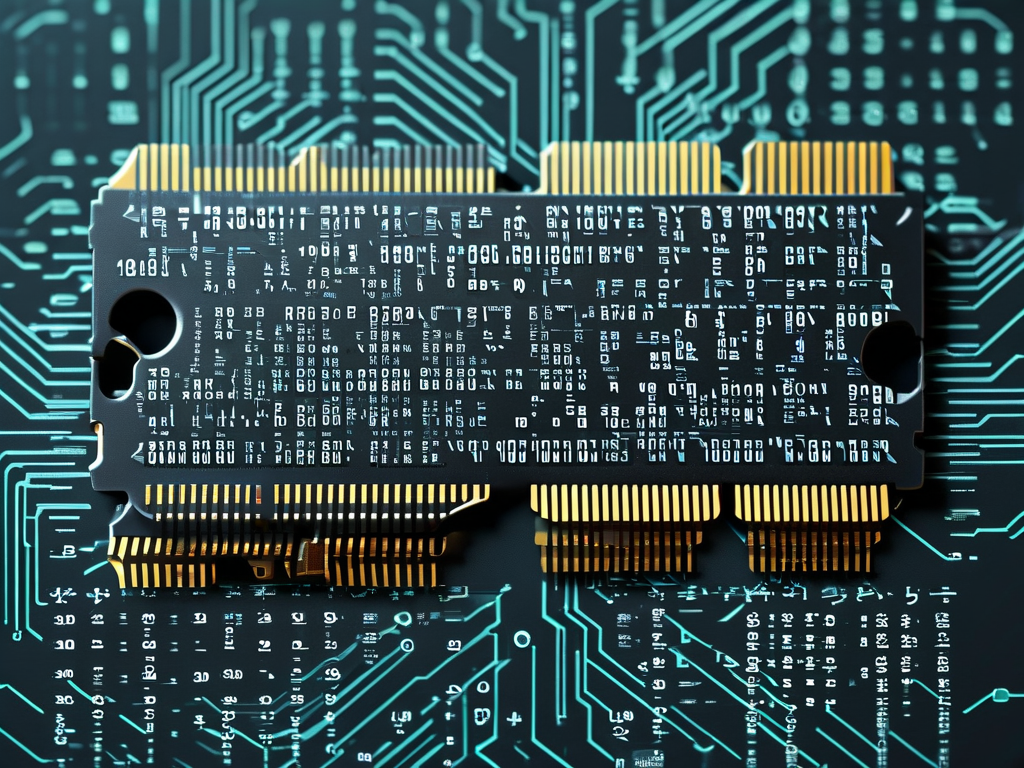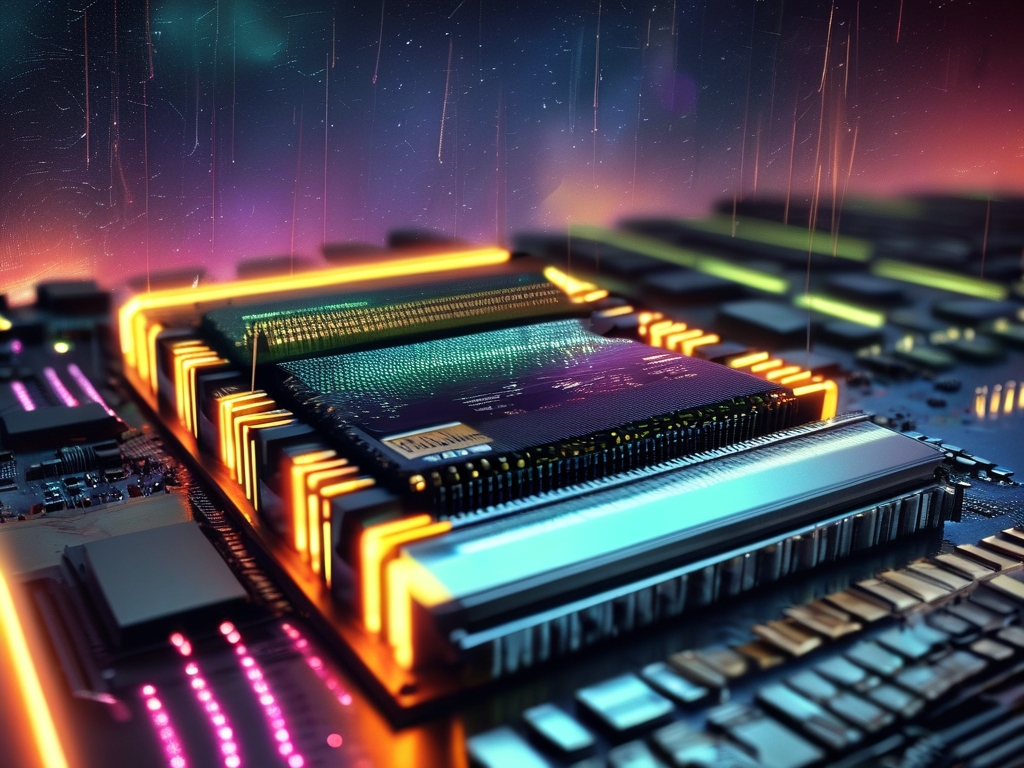The history of computer memory modules is a fascinating journey through technological innovation, marked by dramatic shifts in design, capacity, and accessibility. Early computer memory systems laid the groundwork for modern computing, evolving from bulky, inefficient components to the compact, high-speed modules we recognize today. This article explores the development of early computer memory modules, focusing on their technical breakthroughs, challenges, and lasting impact.
The Dawn of Computer Memory: Magnetic Core Storage
In the 1940s and 1950s, computers relied on magnetic core memory, a revolutionary technology for its time. Developed by An Wang and Jay Forrester, this memory type used tiny ferrite rings (cores) threaded by wires to store binary data. Each core represented a single bit, magnetized clockwise or counterclockwise to denote 0 or 1. While slow by modern standards—access times measured in microseconds—it was non-volatile, retaining data without power.
Magnetic core memory dominated early systems like the IBM 704 and Whirlwind I. However, its limitations were evident: manual assembly of thousands of cores made production labor-intensive and expensive. A 4-kilobyte module could cost tens of thousands of dollars, restricting computers to government and corporate use.

Transition to Semiconductor Memory
The 1960s brought semiconductor memory, a paradigm shift enabled by silicon-based integrated circuits. Robert Dennard’s invention of Dynamic Random-Access Memory (DRAM) in 1966 was pivotal. Unlike magnetic cores, DRAM stored bits in capacitors within silicon chips, offering faster access times (nanoseconds) and higher density. The first commercial DRAM chip, Intel’s 1103 (1970), held 1 kilobit of data and became a industry standard.
Early semiconductor memory modules faced challenges. DRAM required constant refreshing to maintain charge, complicating circuit design. Additionally, heat dissipation and manufacturing defects limited yields. Despite these hurdles, semiconductor memory’s scalability and cost-effectiveness made it unstoppable. By the mid-1970s, magnetic cores were obsolete.
The Rise of Memory Modules: SIPP and SIMM
As computers shrank from room-sized mainframes to desktop units, memory packaging evolved. Early PCs used Single In-Line Package (SIPP) modules, which featured a row of pins inserted directly into motherboard sockets. However, fragile pins often bent during installation, prompting a redesign.
The Single In-Line Memory Module (SIMM), introduced in the 1980s, solved this problem. SIMMs used contact plates instead of pins, making them more durable. The first SIMMs, like the 30-pin 256 KB modules in IBM’s PS/2 computers, were groundbreaking. They standardized memory installation, allowing users to upgrade systems without soldering. By the late 1980s, 72-pin SIMMs supported 32-bit data buses, aligning with emerging 32-bit processors like the Intel 80386.
Technical Challenges and Innovations
Early memory modules grappled with speed mismatches between CPUs and memory. Processors outpaced memory access times, creating bottlenecks. Solutions included:
- Cache Memory: Small, high-speed SRAM caches temporarily stored frequently used data.
- Interleaving: Splitting memory into banks accessed alternately to hide latency.
- Page Mode DRAM: Allowing consecutive reads within a memory "page" without re-specifying addresses.
Another hurdle was parity and error correction. Cosmic rays and electrical noise could flip bits, causing crashes. Early modules added parity bits to detect errors, while later Error-Correcting Code (ECC) memory fixed single-bit errors automatically—a feature critical for servers.
The Impact on Personal Computing
Memory modules democratized computing. Before SIMMs, upgrading memory required technical expertise. Modular designs let consumers and businesses expand systems easily, fueling the PC revolution. By 1990, a 4 MB SIMM cost under $500—a fraction of magnetic core prices—making 16-bit and 32-bit systems affordable.
Compatibility issues persisted, however. Mixing module speeds or brands sometimes caused instability, pushing manufacturers to adopt JEDEC standards. These guidelines ensured voltage, timing, and pinout consistency across the industry.

Legacy and Modern Connections
Early memory modules set precedents still relevant today. For example:
- Dual In-Line Memory Modules (DIMMs), successors to SIMMs, enabled 64-bit data paths for 1990s Pentium processors.
- SDRAM (1993) synchronized memory access with CPU clocks, eliminating wait states.
- DDR (2000) doubled data rates by transferring data on clock edges.
The quest for miniaturization continues, with soldered LPDDR chips now dominating laptops and smartphones. Yet, the modular philosophy of SIMMs lives on in desktop DIMMs and server-grade RAM.
Early computer memory modules transformed computing from an elite technology to a ubiquitous tool. From magnetic cores to DRAM-powered SIMMs, each innovation addressed critical limitations in speed, cost, and usability. These advancements not only shaped hardware design but also enabled software breakthroughs, from graphical interfaces to complex algorithms. Understanding this history highlights how incremental engineering efforts collectively revolutionized data storage—a foundation for today’s AI-driven, hyper-connected world.







